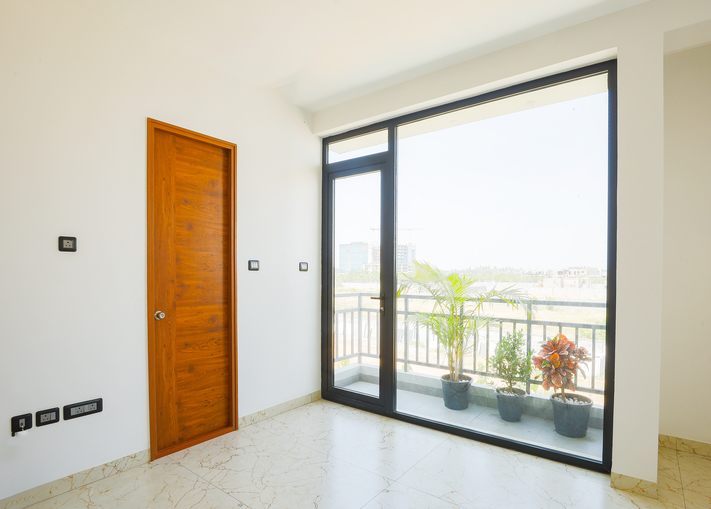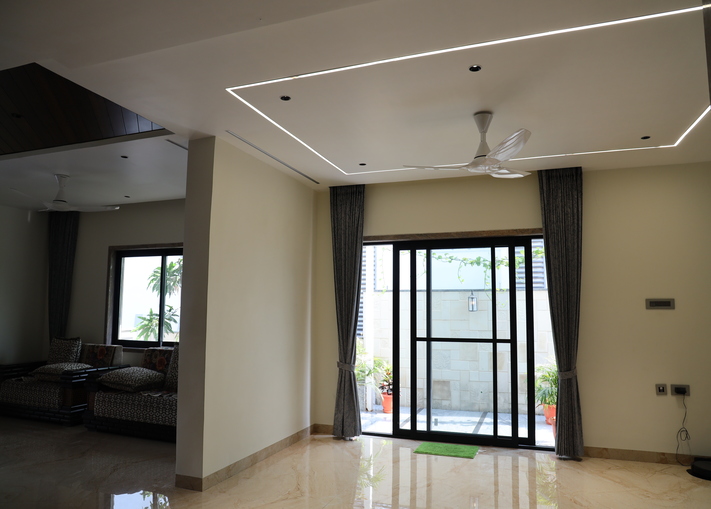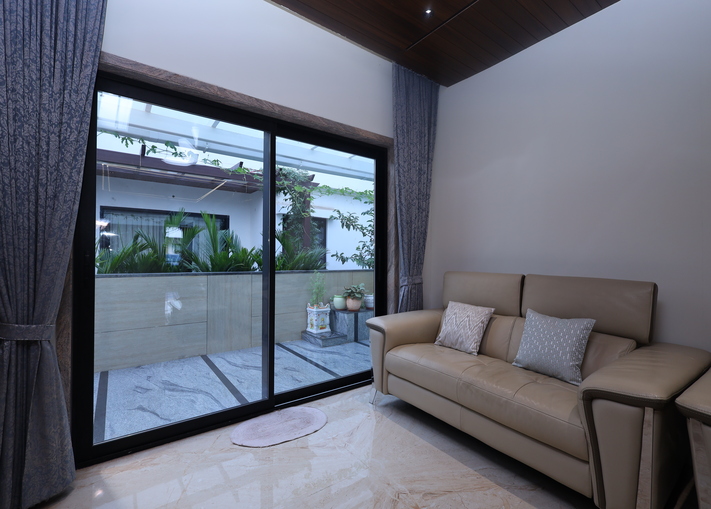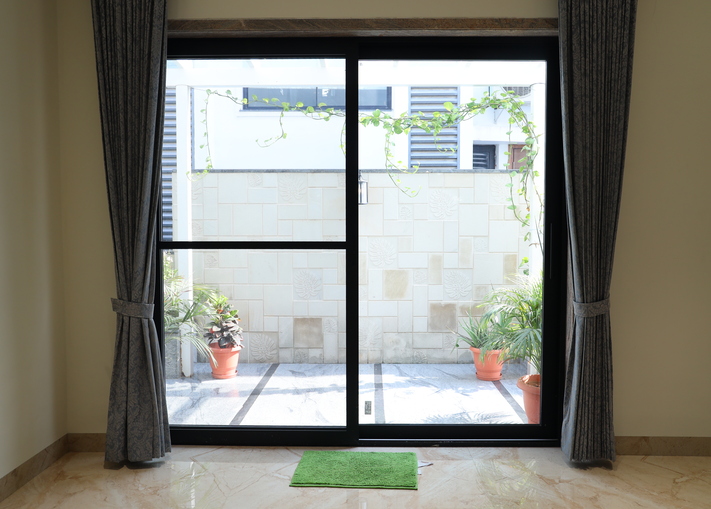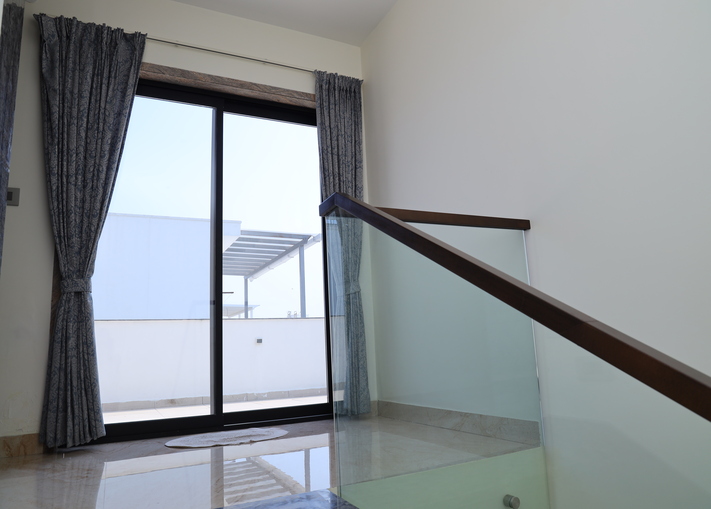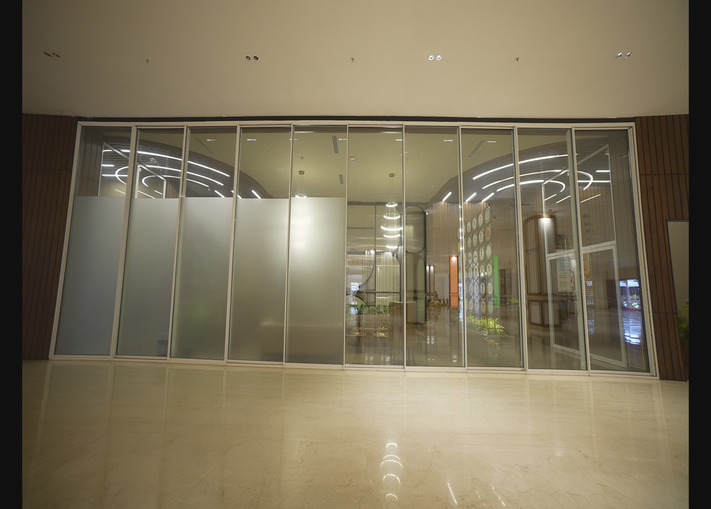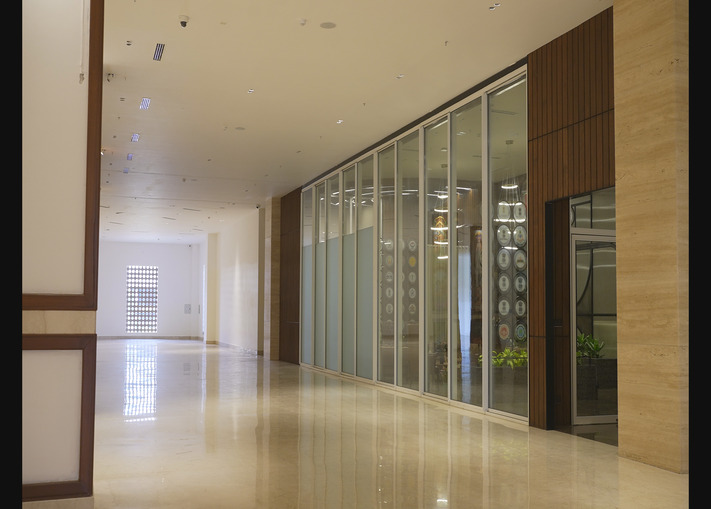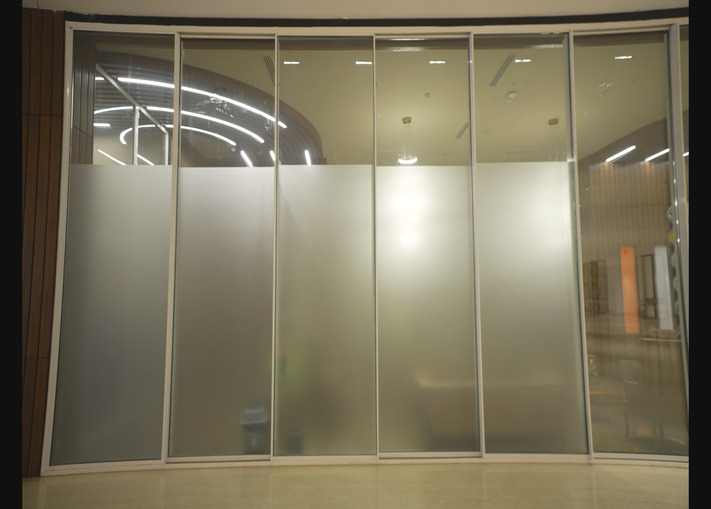Tilt and Turn Windows: A Comprehensive Guide to Their Advantages and Uses
July 7, 2023
Tilt and turn windows have emerged as a hugely popular solution for modern homes. These windows are ideal for a family with kids since they lower the possibility of them climbing out or getting their fingers caught in the glass. Your home turns more exquisite and has a special aesthetic appeal thanks to the tilt-and-turn window. The dual opening system enhances convenience and functionality.
Because of its intricate operating mechanism, tilt and turn windows are slightly more expensive than other window types. They come in a variety of materials, including wood, aluminium, and uPVC. Installing a tilt and turn window in your home has several benefits and drawbacks which we will discuss in detail.
What are tilt and turn windows?
Influenced by Scandinavian designs, tilt and turn windows open on two axes and are quite flexible. You may now open the window in two different ways thanks to this design innovation. The window can be tipped inward from the bottom, leaving a tiny opening for air at the top. Additionally, the window can be opened inwards like a casement window. Typically, this kind of window is installed as a safety feature or an emergency exit.
The window’s handle mechanism drives the usage. The window can be locked by lowering the handle, which simultaneously engages all of the locking points. When you turn the handle all the way up (to the top), the window opens inward just like a casement window would. The handle can be turned halfway horizontally to tilt the window downward. The windows’ mechanisms, however, can vary depending on the manufacturer.
Advantages of tilt and turn windows
You may open this window type in two different ways, making it highly adaptable. The window can be tilted inward from the bottom and opened, just like a regular window. The adaptable design of a tilt and turn window makes it simple to ventilate your home. You can keep the window slightly ajar so that fresh air can enter your house thanks to the tilt feature of the window. In order to breathe in more of the outside, fresh air, you can also leave the window entirely open. Additionally, the tilt of the window stops rainwater from entering your house during the rainy season.
Comparatively speaking, tilt and turn windows are more secure than conventional windows. A burglar would have a very difficult time breaking into your house because of the window’s slant. It is challenging to force the window open due to the swing hinge. For families with children or even dogs, the window is also a safer option. A tilted window will prevent kids or animals from climbing out or getting their fingers or paws stuck.
Because of the intricate design, the window is air-sealed. This guarantees that the heat stays inside. It also blocks cold drafts from entering your home, reducing the strain on your heater. Due to their exceptional energy efficiency, tilt and turn windows enable you to save energy and minimize your utility costs.
In comparison to conventional windows, tilt and turn windows are also simple to maintain and clean. You can easily reach all sides of the glass thanks to the window’s inward swing, and wipe it whenever needed.
Disadvantages of tilt and turn windows
The tilt and turn window is more expensive than casement, double-hung, or other window styles because of its intricate, contemporary design. The expense of repairs and maintenance can also shoot up due to design complexity.
This window type’s installation needs to be well thought out. Due to the fact that the window opens inward, you must position it in a non obstructive way. Placing something directly behind your couch, for instance, could be injurious and can lead to injuries.
The window’s contemporary design and look impose additional restrictions on installation. The tilt and turn window might not be ideal for your home if you reside in a conventional, vintage building because it might appear out of place. For houses with a modern or contemporary design, this window is perfect.




